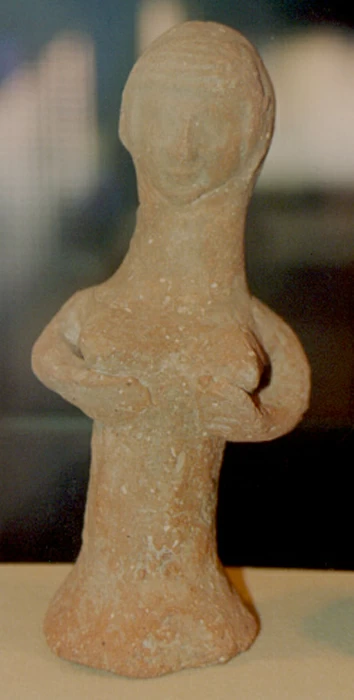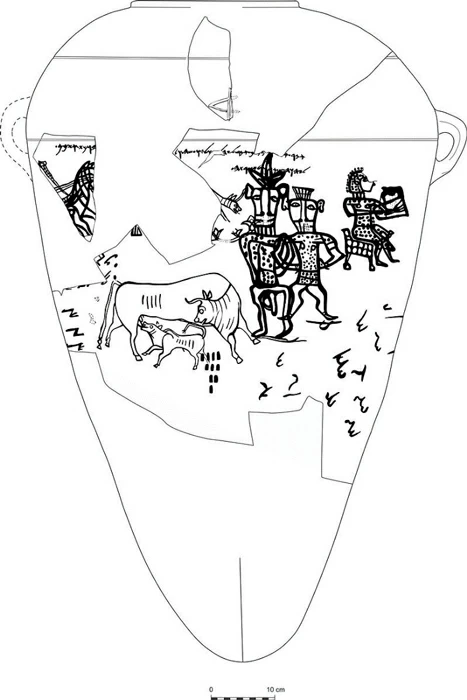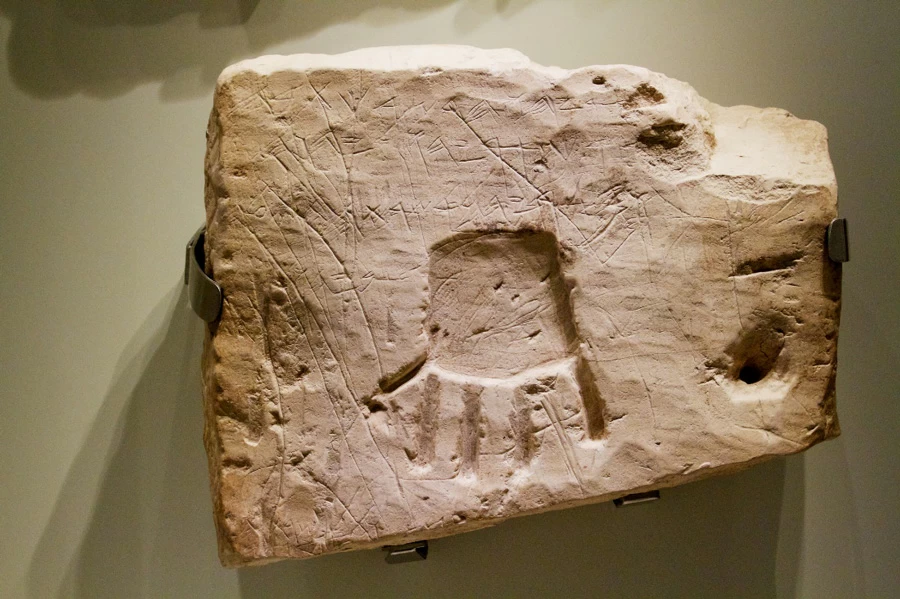Like all energies in the universe existing in pairs, is there a possibility that God also exists in a divine pair?
God has had many manifestations across the many religions. There are also many commonalities, some of which essentially define the concept of “God.” Primarily, they are worshipped as the singular, ultimate power of the universe.
Many gods, typically in pantheistic religions, have wives. But, was there also a Queen of Heaven in monotheistic Judaism, manifest as the ultimate consort of God, equally powerful and worshipped?
This article explores the story of the forgotten goddess Asherah, or the wife of God. The Old Testament portrays God as the ultimate power of the universe, but scriptures and texts related to the Old Testament also offer tantalizing clues as to a possible wife of God.
An Ancient Truth?
The claim that God had a wife and she was worshipped by people in the Middle East has surfaced from time to time. Such claims are not new, and there has been much independent research into the presence of other gods and goddesses apart from the super-entity of God, as portrayed in the Old Testament.
There is much evidence that ancient cultures in the Middle East worshiped many gods and goddesses as idols. One of the most prominent goddesses out of these was Asherah, worshipped as the Queen of Heaven by the early Israelites.

But, many believe that the existence of Asherah was suppressed by the narrative of the Bible, which sought to hide the historical truth. In fact, the Bible states in multiple excerpts that there was indeed idol worship, and Asherah was one of the principal goddesses in idol form.
From archaeological evidence to shreds of evidence from the Old Testament, there are many instances that support the existence of Asherah. Archaeological evidence from ancient temples finds that the God worshipped by the Israelites, known by the name of Yahweh, was worshipped alongside his wife Asherah.
- Celtic Goddess Brigid and Her Enduring Deity
- Who Were The Nephilim? Biblical Demigods From Before The Flood
The significance of Asherah’s existence first came to prominence in 1967, when historian Raphael Patai compiled the evidence for Asherah in religious history and archaeology. Based on ancient texts, statues, and figurines, he saw evidence of God’s existence not as a solitary god, but alongside a consort.
Evidence in the Archaeology
Figurines discovered in Kuntillet Ajrud, an archaeological site in the east of the Sinai Peninsula dating back to the 8th century BC, speak of “Yahweh of Samaria and his Asherah” and “Yahweh of Teman and his Asherah.” Samaria refers to the central region of Israel, and Teman to the neighboring Edomites, confirming this as a reference to the God of the Israelites.

The mention of “his” Asherah indicates a consort relationship between this ancient God and the Queen of Heaven. Similar inscriptions that refer to Yahweh and his consort have been discovered on tombs in Khirbet El Qom, an archaeological site in the Biblical kingdom of Judah that also dates back to the 8th century BC .
There are other figurines and artifacts that also hint towards the worship of Asherah in the Middle East in the 8th and 9th centuries BC. From horned altars and figurines to other ritualistic objects, many artifacts discovered scattered around much of the Middle East indicate that there was a cult of Asherah at some time in the 8th century BC.
The pieces of evidence show that Asherah was once worshipped as a goddess of fertility and prosperity spreading from Israel as far afield as Egypt. Most of the ancient inscriptions and texts ask for the blessing of Yahweh and Asherah together, which further strengthens the belief that Asherah is indeed the wife of God.
Apart from archaeological pieces of evidence and temple remains, the Bible also offers clues regarding the worship of Asherah alongside Yahweh.
Biblical References to Asherah
According to the Bible, Asherah was worshipped in the temple of Jerusalem alongside God, as His consort and divine equal. According to the Book of Kings, the goddess was housed in the temple complex, and rituals were regularly conducted in her worship.
Many Biblical scholars have concluded that a concerted effort was made by the priests who compiled the Hebrew Bible to remove all references to Asherah. However, they were not completely successful in this, and their failure suggests there was some popular support for a depiction of God which did not show him as all-powerful and solitary.
- Ain Dara’s Footprints: Did Gods Once Walk Among Us?
- Why was the Infancy Gospel of Thomas Excluded from the Bible?
Asherah appears in the books of Exodus, Chronicles, Kings, and Judges, where she is also referred to as Asira or Athirat among the people. In addition, the description of Asherah as the “Queen of Heaven” is also first made in Bible, where she is twice referred to as such in the Book of Jeremiah.
Even though these verses confirm that Asherah was worshipped as an idol, the Book of Jeremiah shows an entirely different perspective on Asherah. Jeremiah’s conversations with God show that God was disappointed by the idol worship of Asherah.
The reasons behind this were multiple. For example, God believed that the worship of Asherah in the form of offerings to figurines or statues was due to superstitious beliefs. God believed that the offerings made by women were an effort at appeasement of other gods, which had come about because He had not kept them safe.
Not Just a Minor Goddess
According to some older passages in the Bible, almost half of the ancient population of Israel believed in other gods and goddesses like Asherah. The people would also build temples and altars for their worship.

This testimony offered by the Bible and the archaeological shreds of evidence of Asherah’s existence often overlap. For example, the remains of Asherah statues found in Samaria match descriptions from the Bible, which confirms their existence and worship.
There are also references in the Bible to God being a husband to another divine entity, or to the existence of a marital relationship between God and Asherah. These may have been suppressed and Asherah’s worship in idol form may have died out, but the clues remain.
Asherah was once a popular goddess of one of the most enduring religious cultures on earth. However, just like the evolution of man, religious symbols also evolve. Therefore, it’s not surprising that Asherah has been neglected and removed from public memory as a goddess.
However, this does not mean we can dismiss Asherah as a mere religious theory. The evidence would seem to be clear: the Queen of Heaven existed in the Hebrew Bible, as part of a divine pair alongside the all-powerful God of the Jews.
Top Image: There is a surprising amount of textual and archaeological evidence for God having a wife. Source: Jozefklopacka / Adobe Stock.
By Bipin Dimri